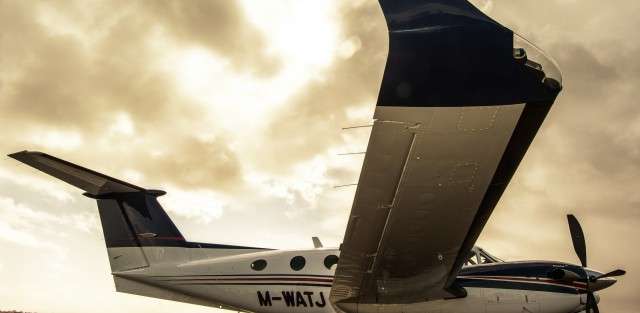Flaps

A Flap’s Design
There are many different designs for flaps. The type used is determined by the speed, size, and complexity of the aircraft. The most common flaps include:- Plain flaps – simply hinged to the wing. This type of flap is preferable where a simplistic design is required.
- Slotted flaps – includes a gap between the wing and the flap. This creates high-pressure air that travels below the wing and over the flap, which increases lift.
- Split flaps – incorporated into the design of the wing so that the lower portion of the wing swings down, while the top part remains immobile.
- Fowler flaps – derived from the split flap design, Fowler flaps slide backwards first before hinging downward.
- Gouge flaps – a type of split flap, gouge flaps slide backward along curved tracks. This forces the trailing edge downward. This design is similar to the Fowler flap design.
- Krueger flaps – instead of attaching to the back of the wing, this flap is incorporated into the front of the wing.
Flaps are used to increase an aircraft’s lift at any given airspeed. These high-lift devices are located on the wing trailing edges of a fixed-wing aircraft. They help to reduce the minimum airspeed of an aircraft and increase the angle of descent before landing. Because they can introduce unwanted drag, flaps can be retracted when not necessary.
A Flap’s Design
There are many different designs for flaps. The type used is determined by the speed, size, and complexity of the aircraft. The most common flaps include:
- Plain flaps – simply hinged to the wing. This type of flap is preferable where a simplistic design is required.
- Slotted flaps – includes a gap between the wing and the flap. This creates high-pressure air that travels below the wing and over the flap, which increases lift.
- Split flaps – incorporated into the design of the wing so that the lower portion of the wing swings down, while the top part remains immobile.
- Fowler flaps – derived from the split flap design, Fowler flaps slide backwards first before hinging downward.
- Gouge flaps – a type of split flap, gouge flaps slide backward along curved tracks. This forces the trailing edge downward. This design is similar to the Fowler flap design.
- Krueger flaps – instead of attaching to the back of the wing, this flap is incorporated into the front of the wing.








